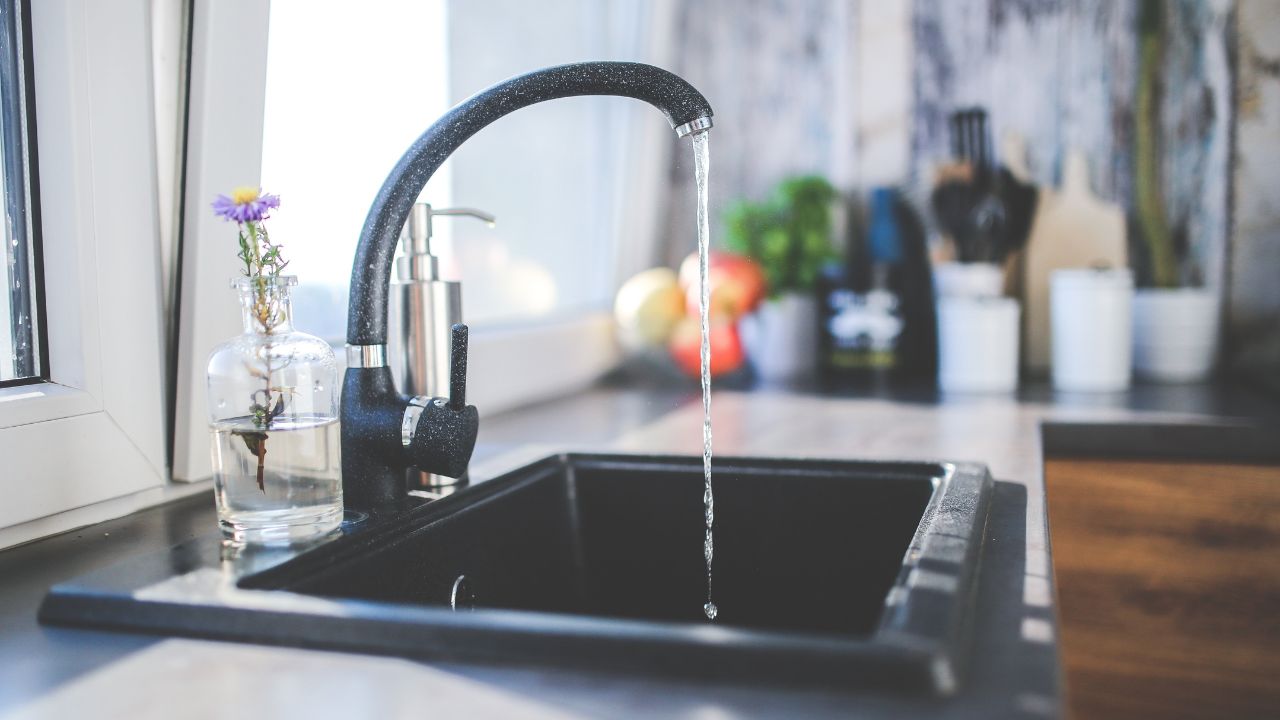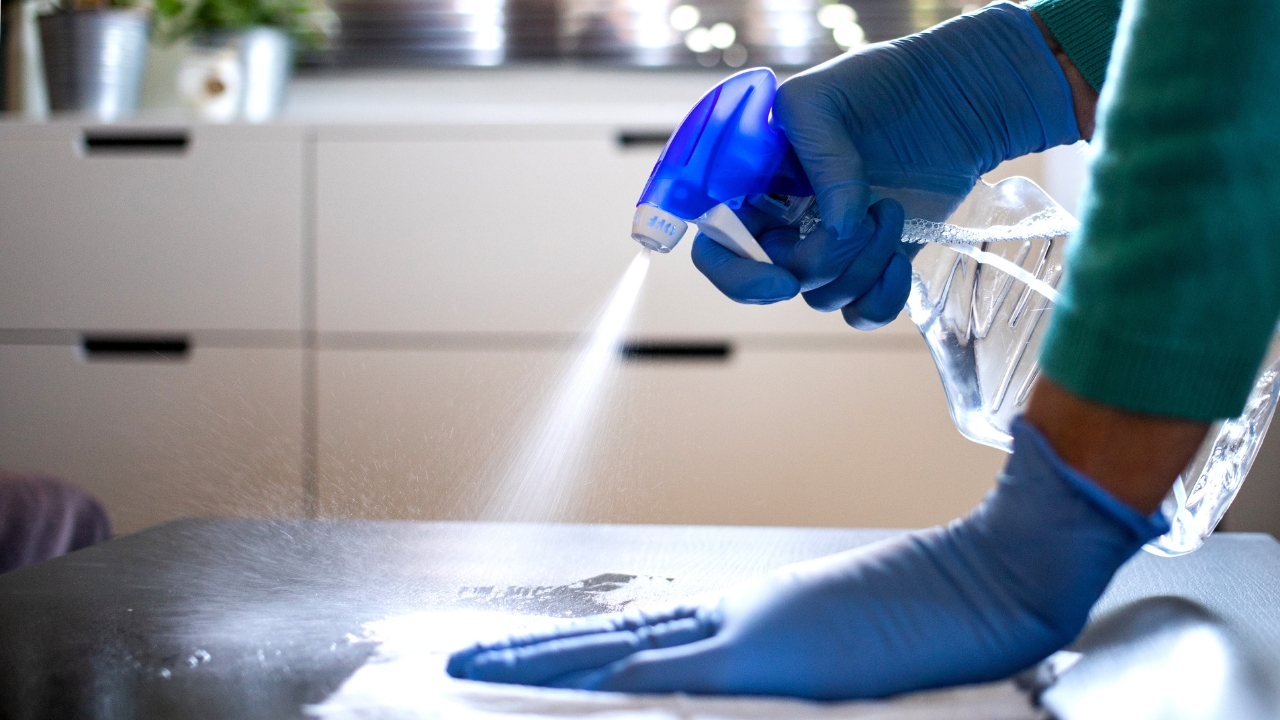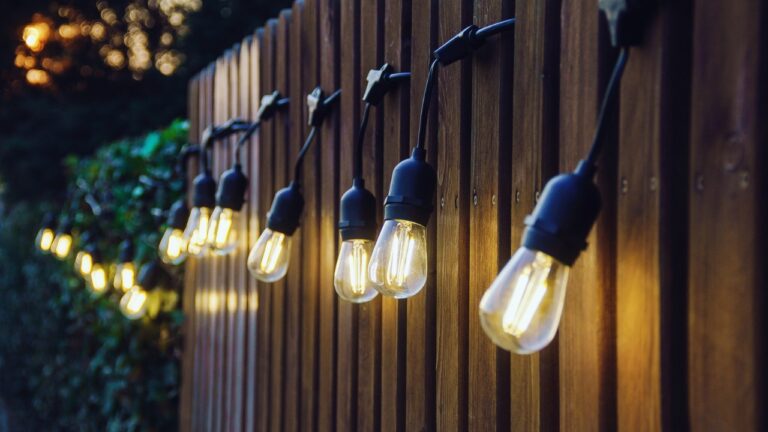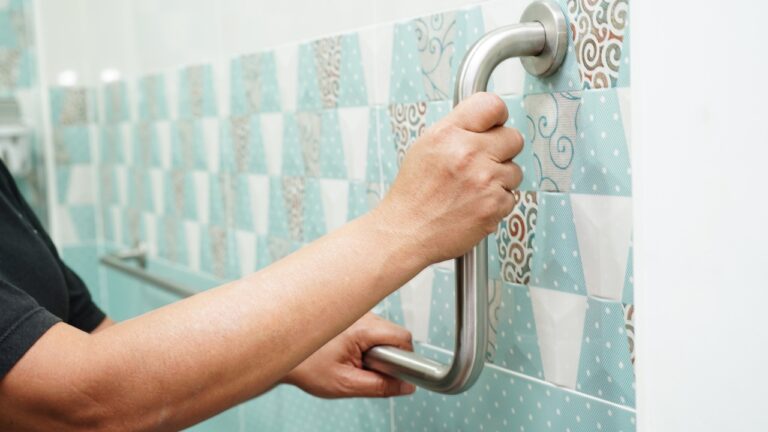You’re cleaning this the wrong way — and it’s ruining the finish
There’s a fine line between cleaning something and slowly wearing it out. A lot of products that look clean after a good scrub are actually being damaged little by little. The shine fades, the surface dulls, and eventually, you’re left wondering why your appliances or fixtures never look new anymore.
The truth is, many common cleaning habits do more harm than good — especially if you’re using the wrong tools or chemicals for the job.
You’re using harsh products on delicate finishes
The biggest culprit in ruined finishes is the cleaner itself. Anything labeled as “heavy-duty” or “industrial strength” might sound promising, but it often means it’s too strong for regular use. Stainless steel, wood, and stone surfaces all have protective coatings that can wear down when exposed to acidic or abrasive formulas.
Vinegar, bleach, and ammonia-based sprays are some of the worst offenders. They eat through finishes on faucets, destroy sealants on countertops, and dull hardwood floors. Always double-check that your cleaner is pH-neutral and made for your specific surface. It might not feel as powerful right away, but it’ll save you from costly damage later.
Scrubbing tools are doing more damage than dirt
When something’s really dirty, it’s tempting to reach for a rough sponge or scrub brush. But many of those tools scratch surfaces — even ones that look tough. Stainless steel sinks, chrome fixtures, and ceramic stovetops can all end up covered in micro-scratches that collect grime and dull the finish over time.
Stick to soft microfiber cloths or non-abrasive sponges. They lift grease and dirt without stripping off coatings or scratching the surface. And if you need extra power, baking soda paste is usually safe — just rinse it thoroughly afterward so it doesn’t leave residue behind.
Water is doing more harm than you think

It sounds odd, but plain water can also ruin a finish if you don’t dry the surface properly. Hard water leaves behind mineral deposits that etch and discolor metal, glass, and even tile. Over time, those little white spots or cloudy streaks become permanent.
Always dry fixtures and appliances after cleaning. A quick wipe with a soft towel keeps minerals from settling and helps maintain that polished look. If you’re dealing with hard water, a vinegar rinse can help — but make sure to use it carefully on safe surfaces only.
Mixing products is making it worse
If one cleaner works well, two must work better — right? Not exactly. Mixing different cleaning agents can cause chemical reactions that damage surfaces or create residue that’s hard to remove. For example, combining vinegar and baking soda might fizz satisfyingly, but it neutralizes both and leaves behind a gritty film that’s tough to rinse away.
Even worse is mixing bleach with anything acidic, which creates toxic fumes. Always use one cleaner at a time, and if you’re switching products, rinse thoroughly between them.
Heat and moisture are speeding up the wear
Finishes on appliances, cabinets, and furniture can’t handle constant heat and moisture exposure. Kitchens and bathrooms are the worst offenders because steam, splatters, and temperature changes slowly break down protective coatings.
Make sure to ventilate after hot showers or cooking sessions, and never place hot pans or hair tools directly on finished surfaces. Even quick contact can leave behind cloudy spots or discoloration that’s impossible to repair without refinishing.
You’re cleaning too often

It’s possible to over-clean, especially when you’re scrubbing areas that don’t actually need it daily. Constantly wiping down wood furniture with wet cloths or using disinfectant sprays on everything can break down finishes faster than normal use ever would.
Instead of deep cleaning everything all the time, focus on maintenance. Dust regularly, spot-clean spills right away, and reserve stronger cleaning for when it’s truly needed. Your surfaces will last longer and look better in the long run.
The right method protects the look long-term
You don’t need expensive specialty cleaners to protect your home — you just need to clean smarter. Use gentle products, soft tools, and proper drying techniques. Treat surfaces like they’re layered, because they are — that glossy shine you love is often a thin coating that protects what’s underneath.
Once you stop over-scrubbing and start paying attention to what your cleaners are actually doing, you’ll notice everything stays cleaner longer — and keeps that new look instead of slowly losing it.
Like Fix It Homestead’s content? Be sure to follow us.
- I made Joanna Gaines’s Friendsgiving casserole and here is what I would keep
- Pump Shotguns That Jam the Moment You Actually Need Them
- The First 5 Things Guests Notice About Your Living Room at Christmas
- What Caliber Works Best for Groundhogs, Armadillos, and Other Digging Pests?
- Rifles worth keeping by the back door on any rural property
*This article was developed with AI-powered tools and has been carefully reviewed by our editors.







